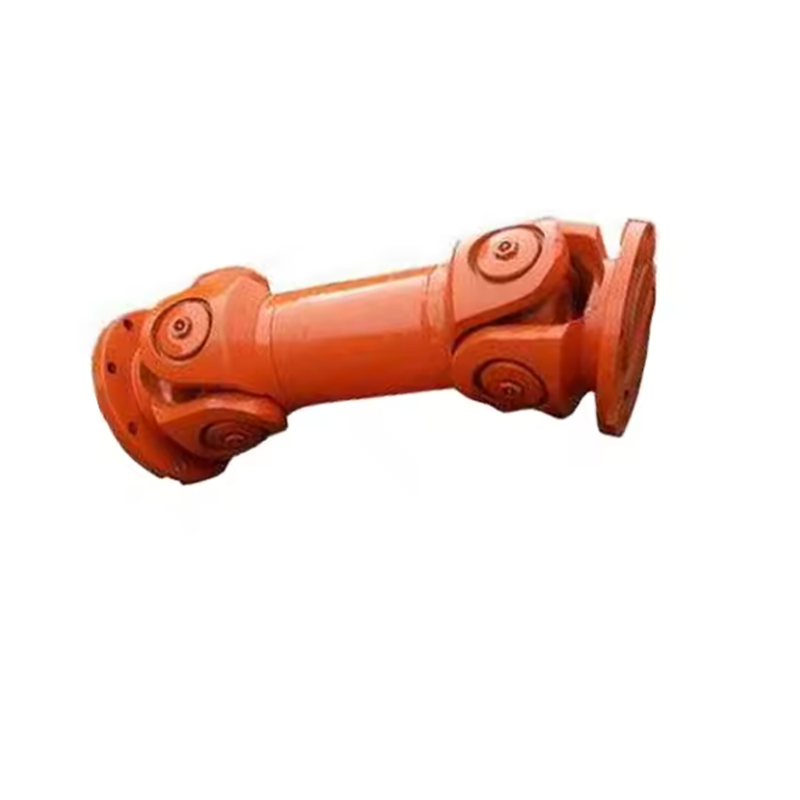Friction liners are the special materials that have an important result in a number of programs to supply frictional force to all different styles and components. Most of these objects are manufactured in materials such as rubber, ceramic and metal (i.e. engineering plastics) which play a key role for the performance and longevity of your machine or device by allowing smoothness in their motions when you want it, but being able to withstand high stresses during operation.
The Benefits of Friction Liners
In addition to the convenience offered by friction liners, they provide a host of other benefits that help make equipment more efficient and longer lasting. They help keep machinery in functional condition longer by preventing wear and tear on components. Furthermore, they help in increasing the efficiency of various devices and parts. They also act as a preventive method in some cases, minimizing the chances of accidents and other similar mishaps.
In recent months, there has been a surge of creative new ideas for friction liners.
Over the years, plenty of progress has been made with friction liners. Using these essentials criteria, new sorts of materials that possess far better-effects durability and heat-resistance have been evolved with the aid for engineers as well as manufacturers. In addition, improvements in manufacturing processes are enabling friction liner to be produced more economically and used for a greater number of applications.
The safety angle with friction liners:
When using friction liners, safety takes precedence. Safe practices include wearing safety gloves and goggles, in addition to following the correct handling procedures for these materials. It is important to know exactly the properties of the friction liner in use and how they can affect installation and handling.
Using Friction Liners:
The ideal material that can bet used in an application has to be selected prior for friction liners. Surface or component preparation: requires for cleaning and application of specific adhesive. This means that the friction liner can be properly attached to a surface like pressing it down or fixing it with accessories including clamps and bolts.
How to Choose High Quality Friction Liners
Protects liners from damage and discoloration - Ensuring that the friction on your liner is of higher quality can protect you in performance or equipment failure. You should look to source these materials from a manufacturer or distributor who is known for producing quality parts and go to market with good customer service. In addition, it is important to ensure that all materials are tested and certified in compliance with industry standards.
Applications of Friction Liners:
Friction liners are used in an extensive range of industries: automotive, industrial and aerospace. They can be employed in brake systems, clutches and other applications where ideal frictional force is requisite. Their characteristic style of manufacturing gears,low temperature conveyor belts as well as using in bearings and other mechanical parts.
To make the long story short, Friction liners are indispensable components in many applications and guaranteed smooth operation with safety. Continuous improvement in technology enables us to expect an even better approach of friction liners hence delivering a higher level of performance and versatility.















































